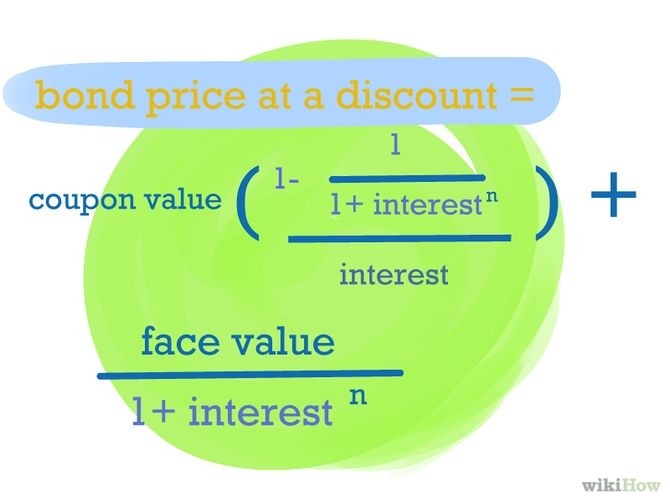How to Build Up the Discount Rate
Post on: 28 Май, 2015 No Comment

The equity discount rate represents the cost of equity capital invested in a business purchase, such as the buyers down payment. A key input into the Discounted Cash Flow business valuation method . the discount rate consists of two components:
- Risk free rate of return .
- Premium for risk assumed in owning and operating a business.
Valuing a Business based on Cash Flow and Discount Rate
Equity risk premium elements
The key elements of the risk premium comprise:
- Risk premium to account for equity investment. This risk reflects the uncertainty as to the amount and timing of dividend distributions and gains realized from public company stock appreciation.
- Risk premium which accounts for the company size. Generally, smaller company size is associated with higher investment risk. Hence small company investors demand higher returns.
- Risk premium specific to the industry in which the business operates. High risk industries would result in higher industry risk premia.
- Company specific risk premium which accounts for the unique attributes of the business itself. Business risk factors that lead to higher premium values include unstable earnings, high leverage, customer or product concentration.
Discount rate build up formula
Calculation of the equity discount rate thus uses the following formula:
where Rf is the risk free rate of return, Pe is the premium for equity investment, Ps is the premium for small company size, Pi is the industry specific risk premium, and Pc is the premium for risk associated with the firm itself.
Bulding up your discount rate
Here then is the typical procedure used to build up the equity discount rate for small business valuation:
- Start with a risk-free return, e.g. the long-term US Treasury bond yield at 3% annually.
- Add risk premium for publicly traded equity investment, e.g. 7%.
- Add a size premium for investing in a small privately owned business, e.g. 10%.
- Add a premium for the industry the business operates in, e.g. 5%.
- Add a premium to account for the risk of investing in the subject business, e.g. 10%. This represents the company specific risk premium or CSRP.
In this example, the total equity discount rate is 35%.
Worksheets to calculate your discount rate
ValuAdder includes financial recasting worksheets to help you calculate the discount rate for debt free or leveraged company scenarios.














